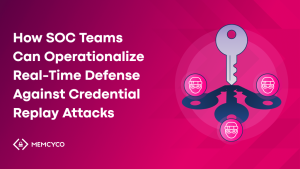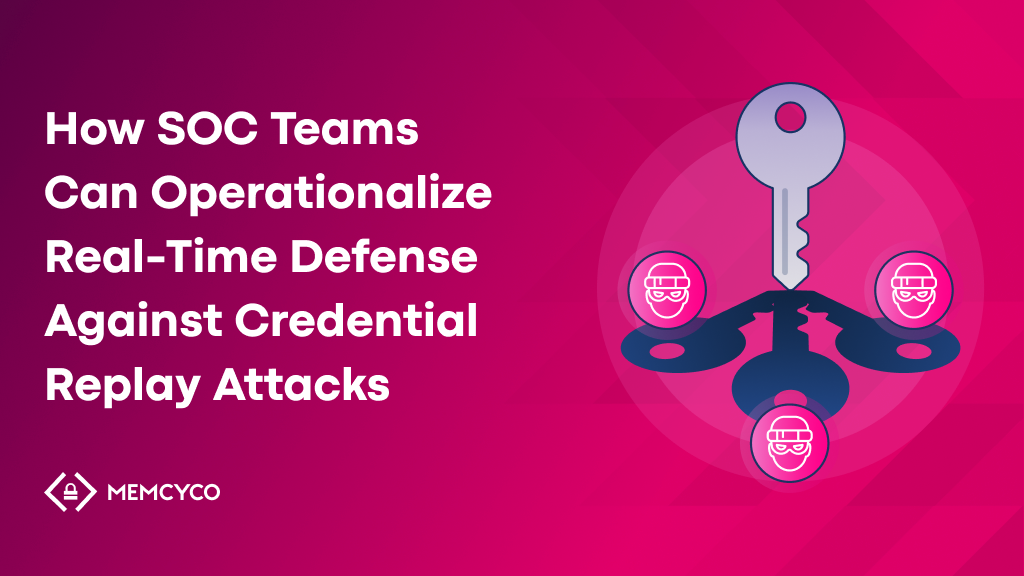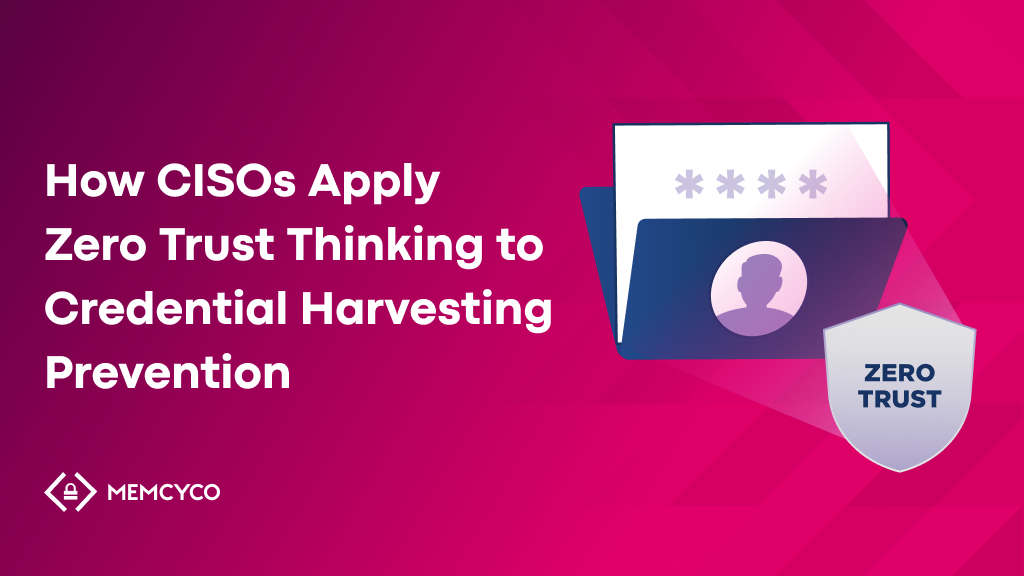When implemented with real-time visibility and browser-level telemetry, website cloning detection becomes a front-line layer of your ATO prevention strategy. It provides actionable insights into impersonation activity that often precedes account takeovers, helping teams intercept fraud earlier and protect customer trust more effectively.
Website cloning detection is the process of identifying and flagging fraudulent copies of a legitimate website that attackers create to steal user credentials or payment data. In modern fraud defense, it’s not just a brand-protection measure – it’s a front-line layer of your ATO prevention strategy, providing real-time visibility into impersonation activity that often precedes account takeovers.
According to the FBI’s 2024 Internet Crime Report, phishing and spoofing were the most common complaint types, contributing significantly to a record $16.6 billion in reported internet crime losses. While investment fraud caused the highest financial damage, often using phishing techniques, cloned websites remained among the most common tools used to harvest credentials in phishing campaigns. For enterprises handling large customer bases, detecting cloned websites early is now central to both account takeover protection and digital-trust assurance.
The rapid rise of automated phishing kits and AI-driven site generators has made cloning more scalable than ever. Fraudsters can now replicate entire customer portals in minutes, shrinking the window between a fake site going live and customers falling victim.
What Is Website Cloning Detection?
Website cloning detection identifies attempts to replicate or copy your legitimate site for malicious use. While some solutions rely on passive monitoring or third-party domain feeds, Memcyco’s approach uses browser-level signals from the legitimate site to uncover cloning activity as it unfolds. Attackers often clone brand pages, login screens, or payment portals to trick users into entering credentials that can later be exploited.
How Cloned Websites Enable Credential Harvesting
A cloned website mimics the structure, design, and even the SSL certificate of the genuine one. When users unknowingly log in, their usernames, passwords, and session tokens are captured directly by the attacker. These credentials are then used for account takeover or sold in underground markets.
Stolen data often goes far beyond login credentials. Fraudsters capture session cookies, OTP codes, and even biometric prompts that can be reused across multiple channels – from online banking to ecommerce checkouts – making a single cloned page a launchpad for multi-platform ATO attacks.
Key indicators of a cloning attack include:
- Identical or near-identical page layouts on unfamiliar domains
- Misspelled or lookalike URLs
- Low-reputation referral traffic from unknown sources
- Missing site watermarks or trust markers
Why Detecting Cloning Early Prevents ATO
Cloned sites are often an early stage in the account takeover kill chain, particularly in phishing-based ATO campaigns. Once a phishing or impersonation page goes live, every credential submitted becomes potential fuel for fraud.
Early detection interrupts that chain by:
- Identifying cloned or spoofed domains in use
- Providing real-time alerts before attackers can log in with harvested details
- Correlating reconnaissance behavior such as developer-tool inspection or brand-asset scraping
Cloning often begins with subtle reconnaissance behavior – attackers inspecting site code, scraping brand assets, or probing APIs. Detecting these signals lets security teams anticipate a spoofing attempt days before the phishing domain goes live, converting early reconnaissance into early intervention.
Related reading: What Domain Takedown Services Miss & How to Close Gaps
How Website Cloning Detection Strengthens ATO Prevention
Real-Time Visibility Before Login
Traditional ATO defenses focus on login behavior, but by then, the damage is already done. Website cloning detection extends visibility to the pre-login stage, exposing attack attempts while they’re still harvesting credentials.
Browser-level visibility closes the gap between external threat intelligence and in-session user activity. It detects impersonation and cloning attempts as they unfold in real time, capturing early signals that traditional server logs or threat feeds can’t reveal.
Detecting Spoofed and Cloned Pages in Active Use
Memcyco’s digital impersonation protection uses real-time website cloning detection, identifying and flagging attempts to replicate legitimate websites by analyzing browser-level signals triggered on the legitimate site. It also incorporates developer-tools reconnaissance detection, which catches early signs of attackers inspecting or copying site code. Combined, these capabilities reveal when fraudsters are preparing or running a live cloning campaign.
Stopping Credential Harvesting at the Source
When impersonation activity is detected – whether through early replication signals like developer-tool reconnaissance, or through live spoofed domain traffic – protective signals can surface in real time, enabling measures like decoy credential injection or SEO poisoning defense to reduce exposure to spoofed domains and limit credential theft. By pairing cloning detection with other protection layers – such as injecting decoy credentials into spoofed sessions or suppressing exposure via SEO poisoning – organizations can convert visibility into disruption without relying on overt user-facing alerts that may raise brand sensitivity concerns. This approach turns every cloning attempt into actionable intelligence that strengthens account takeover protection without affecting legitimate users.
Related reading: 5 Biggest Bank Account Takeover Attacks in Recent Years
Reactive vs. Proactive ATO Defenses
Why Takedowns and Threat Feeds Come Too Late
Conventional countermeasures like domain takedowns or external threat-feed alerts are reactive by design. They:
- Identify phishing sites only after they are live
- Depend on user reports or third-party crawlers
- Offer no protection during the window between activation and takedown
- Provide limited insight into affected users
As a result, by the time a cloned domain is removed, victims may already have logged in.
The Role of Real-Time Detection in Closing the ATO Gap
When integrated into session-aware workflows, real-time detection transforms website cloning defense from a static control into a live countermeasure. It:
- Flags active impersonation attempts immediately
- Correlates activity with known phishing or credential-stuffing patterns
- Feeds insights into fraud-risk engines and SOC workflows
Because it provides real-time visibility before takedown completion. While takedown services act only after fake domains are reported, cloning detection identifies attempts to replicate your legitimate site, giving teams early awareness of active impersonation. When paired with complementary measures such as decoy credential injection or SEO poisoning defense, it strengthens your overall ATO prevention posture by reducing exposure before users engage.
Related reading: How to Choose the Best Domain Takedown Service | Memcyco
Operational Benefits Across Teams
SOC Teams – Real-Time Threat Insight
SOC analysts gain continuous telemetry on cloned-domain detection and low-reputation referral traffic, feeding SIEM tools with verified, pre-login threat data.
This enables faster triage, improved correlation, and early identification of compromised devices or sessions.
Fraud Teams – Preemptive Credential Theft Defense
Fraud teams can see which customers were exposed and take action before fraudulent logins occur.
By analyzing replay patterns and suspicious device logins, they can block or flag threats earlier within their own systems, enrich fraud-risk engines, and reduce refund or reimbursement costs.
Digital Business Teams – Protecting Customer Sessions and CX
Website cloning detection supports digital business teams by safeguarding the integrity of the online customer journey. By identifying cloned versions of your site in real time, teams can mitigate the risk of customer misdirection, protect conversion flows, and preserve session trust. Early detection of impersonation attempts reduces the risk of users engaging with spoofed domains and helps steer them toward the authentic site – reducing drop-off, confusion, and reputational damage during key engagement points.
FAQs About Website Cloning Detection and ATO Prevention
What is website cloning in cybersecurity?
Website cloning is when attackers copy your legitimate website to trick users into entering credentials or financial data.
How does website cloning detection work?
It continuously monitors for replicated site structures, suspicious domains, and cloned code patterns, flagging any attempt to mimic your genuine site.
How does it help prevent account takeover attacks?
By detecting and surfacing impersonation attempts before login, cloning detection gives organizations a chance to intercept credential theft before it leads to account takeover.
What are signs that a site has been cloned?
Look for unfamiliar URLs, missing security certificates, altered layouts, or absent watermark authentication.
How can businesses detect and stop website cloning?
They can deploy website cloning detection, developer-tools reconnaissance detection, and SEO poisoning defense to find and block fake sites in real time.
Why is website cloning detection more effective than takedown services?
Because it provides real-time visibility before takedown completion. While takedown services act only after fake domains are reported, cloning detection identifies attempts to replicate your legitimate site, giving teams early awareness of active impersonation. When paired with complementary measures such as decoy credential injection or SEO poisoning defense, it strengthens your overall ATO prevention posture.
What tools help protect brands from website impersonation?
Tools that combine real-time impersonation detection, browser-level session visibility, and controlled response mechanisms provide end-to-end brand impersonation protection.
Conclusion: Why Website Cloning Detection Is Foundational to Modern ATO Prevention
Website cloning detection bridges the gap between brand protection and account takeover prevention.
By identifying cloned domains, exposing impersonation attempts, and enabling pre-login visibility, it helps organizations stop account takeovers before they start – protecting customers, revenue, and digital trust in one motion.
Related reading:
- How to Replace Outdated Phishing Protection With Real-Time Defense
- How to File a DMCA Takedown (And Why You Don’t Need To)
- Automated Brand Impersonation Protection: How It Works | Memcyco
















